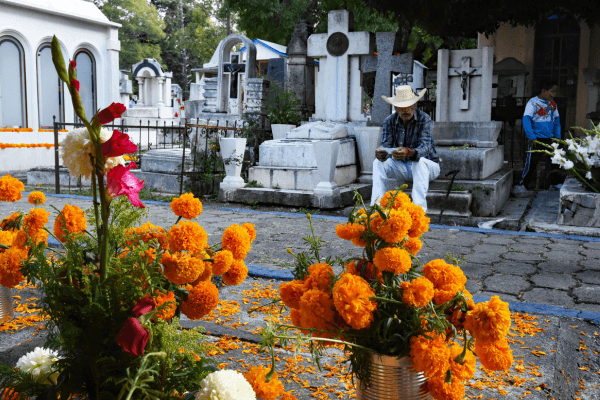Oct 26, 2023
I am not interested in a commercialized version of Día de Muertos; parades, concerts, and celebrations where I must buy a ticket are an invention of capitalism. I am interested in the family remembrance rituals, in the nights at the cemetery communing with loved ones, in the ofrendas set up in homes, schools, and public plazas.
Read the Full Article

Already a subscriber? Login
